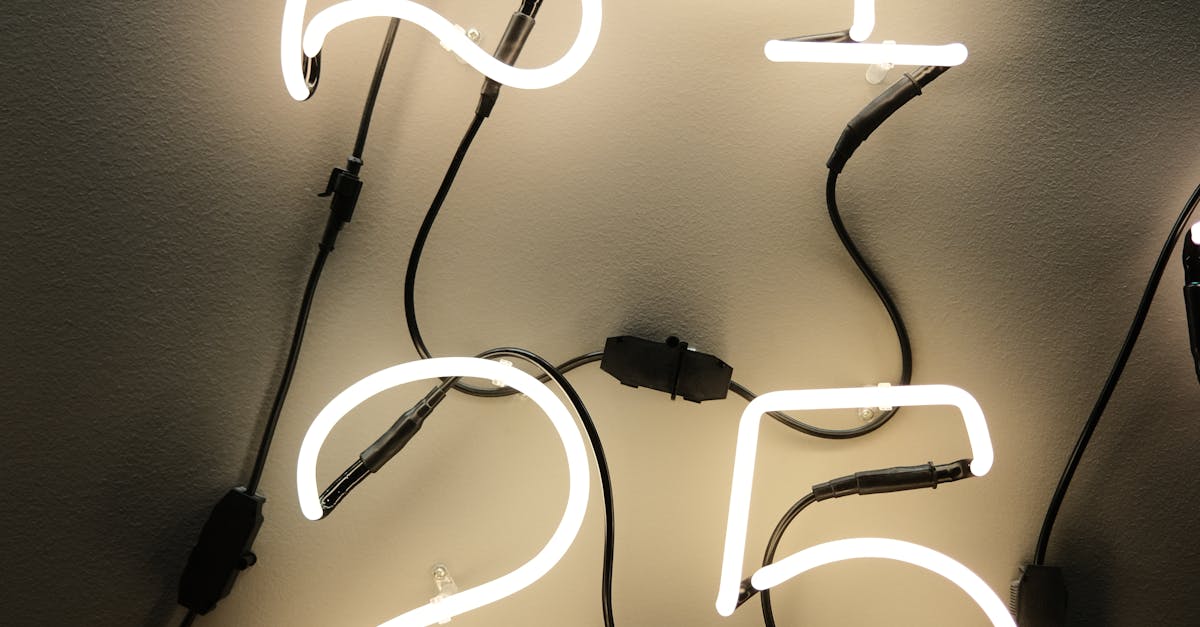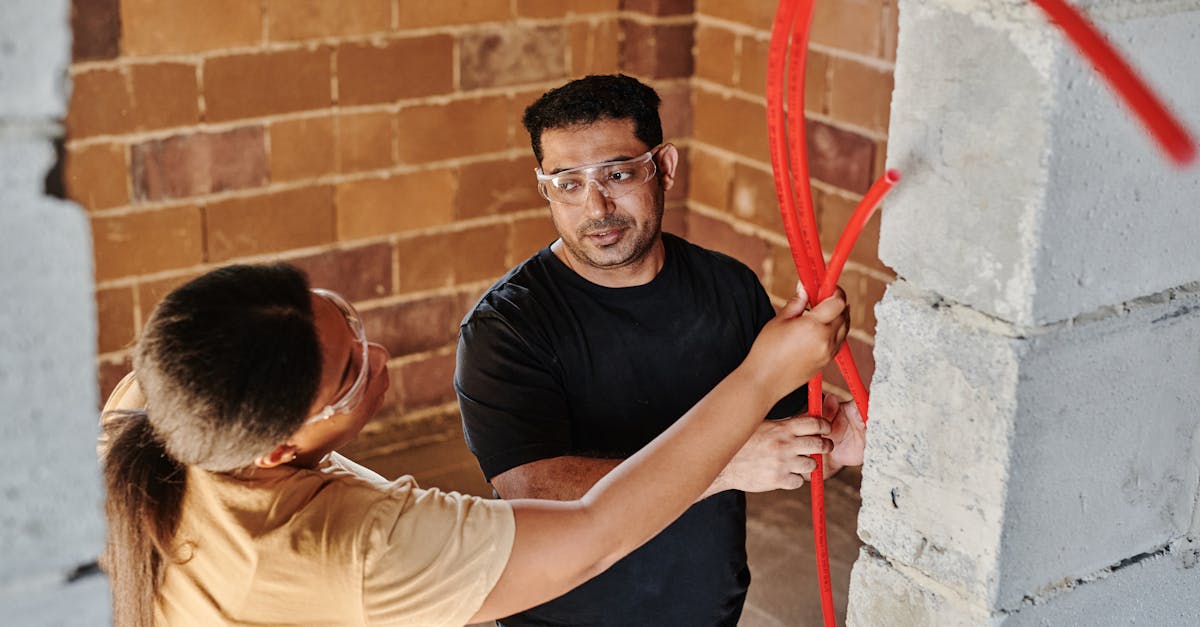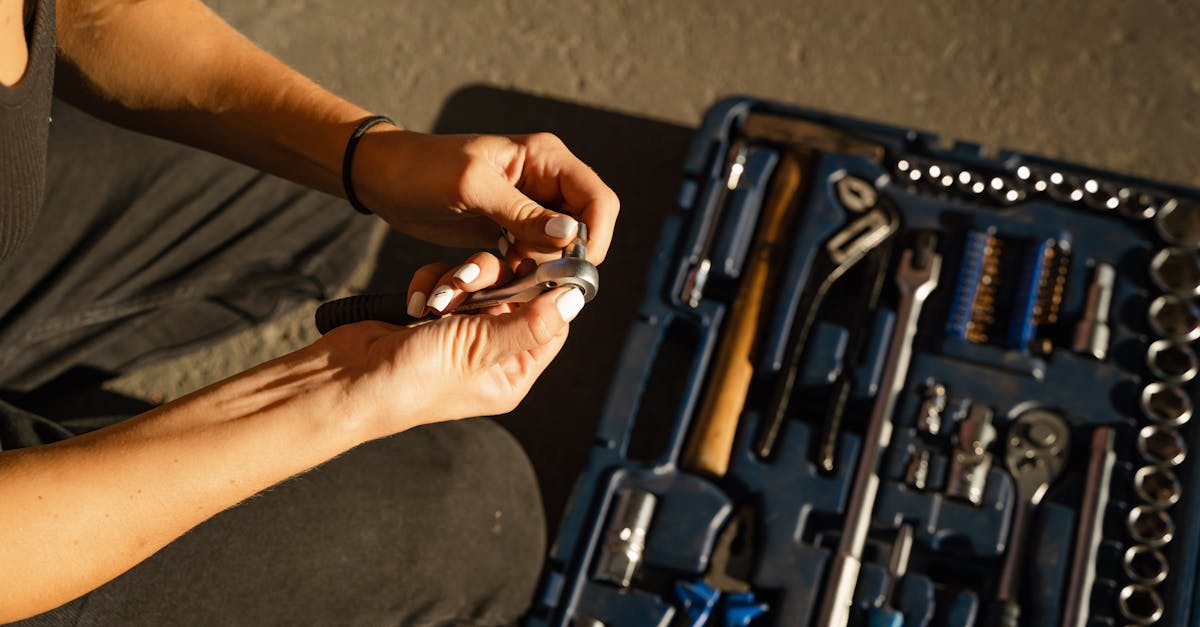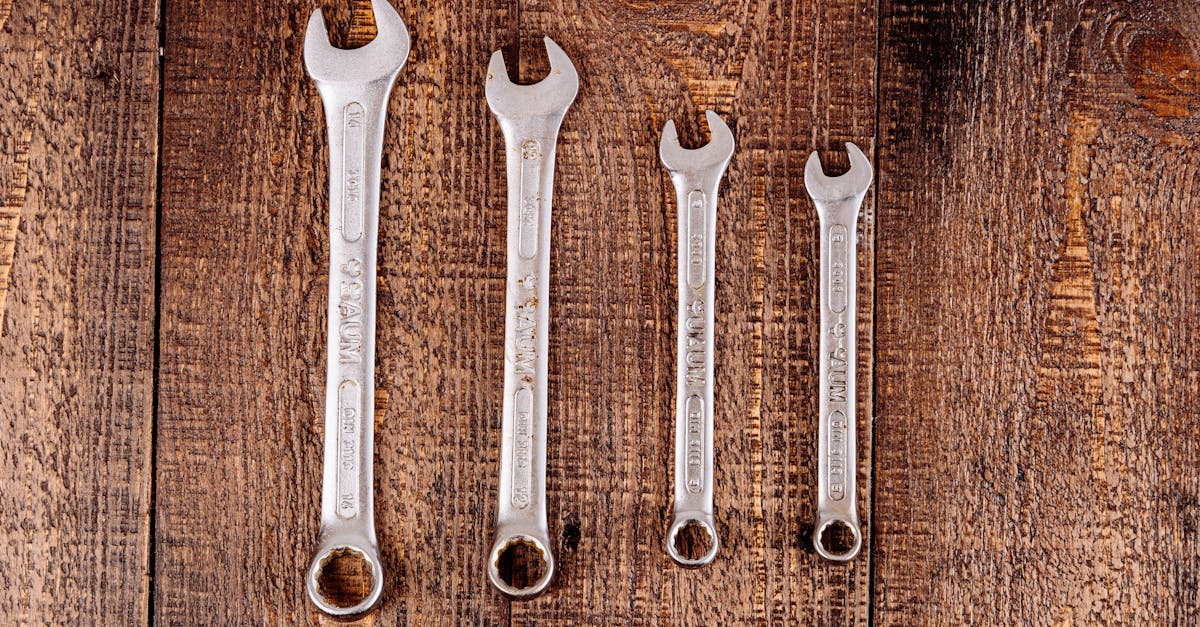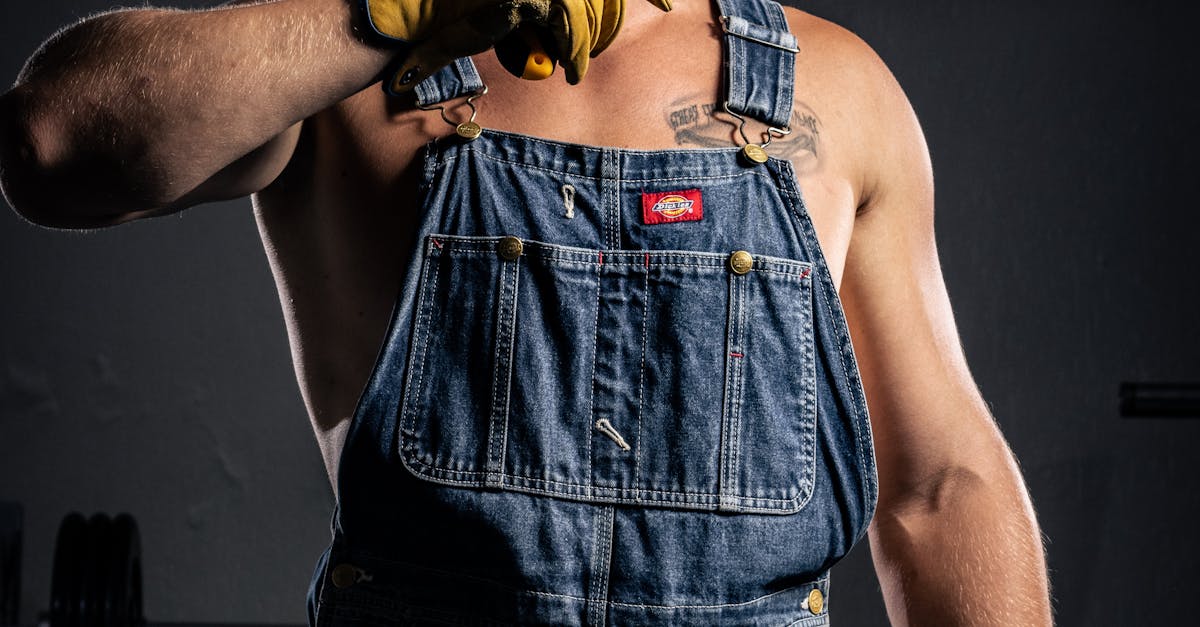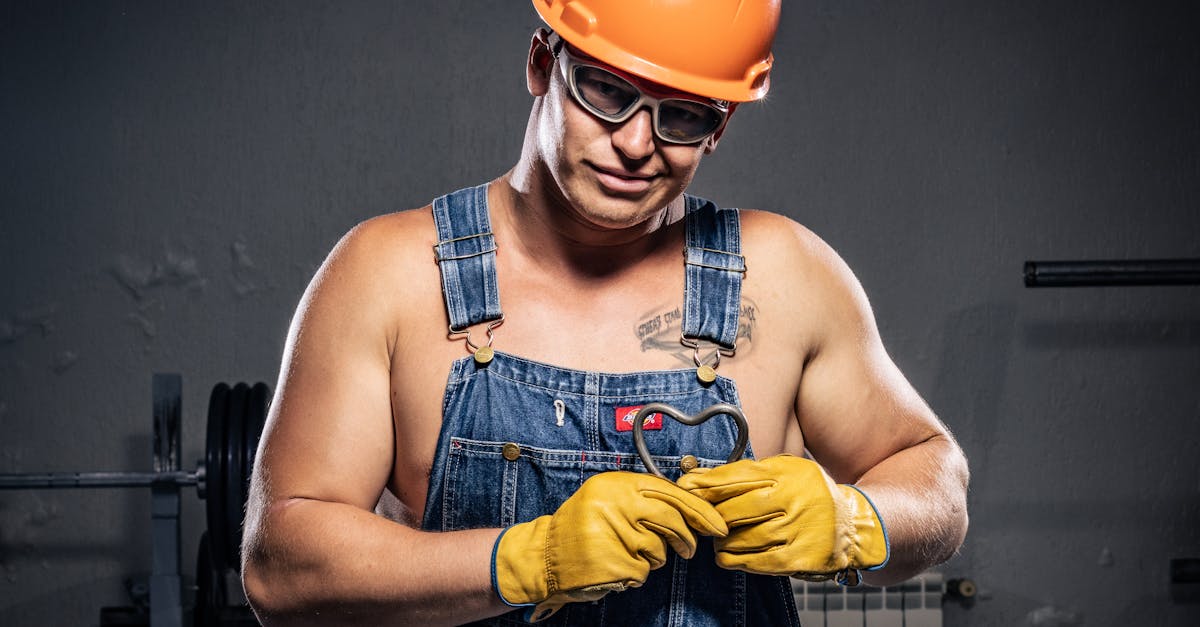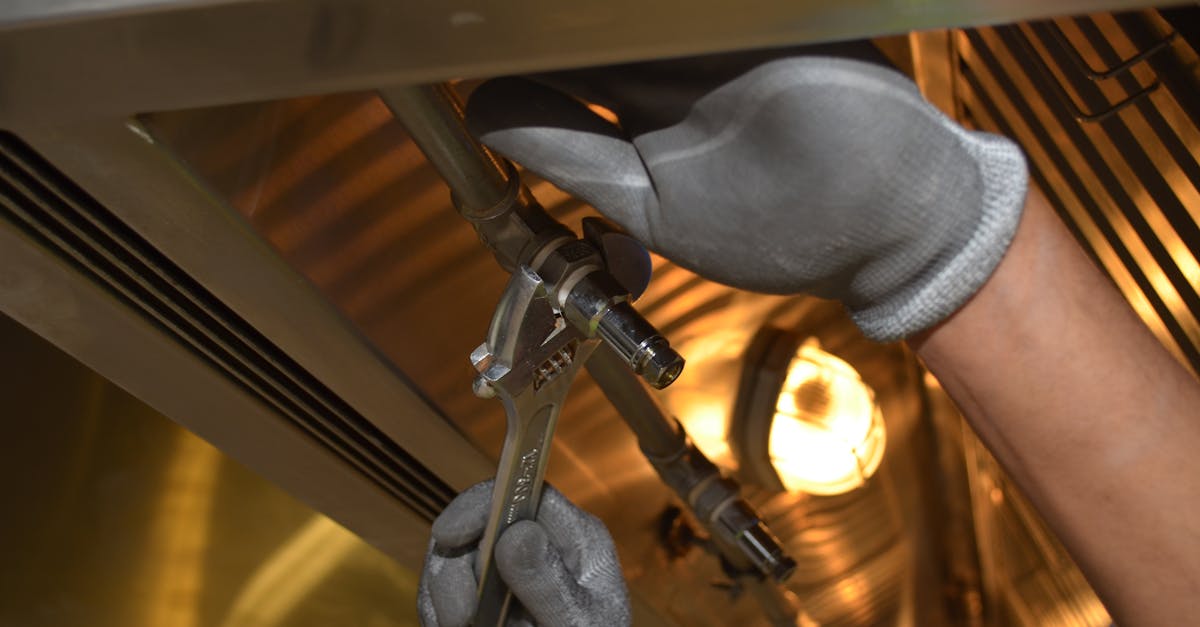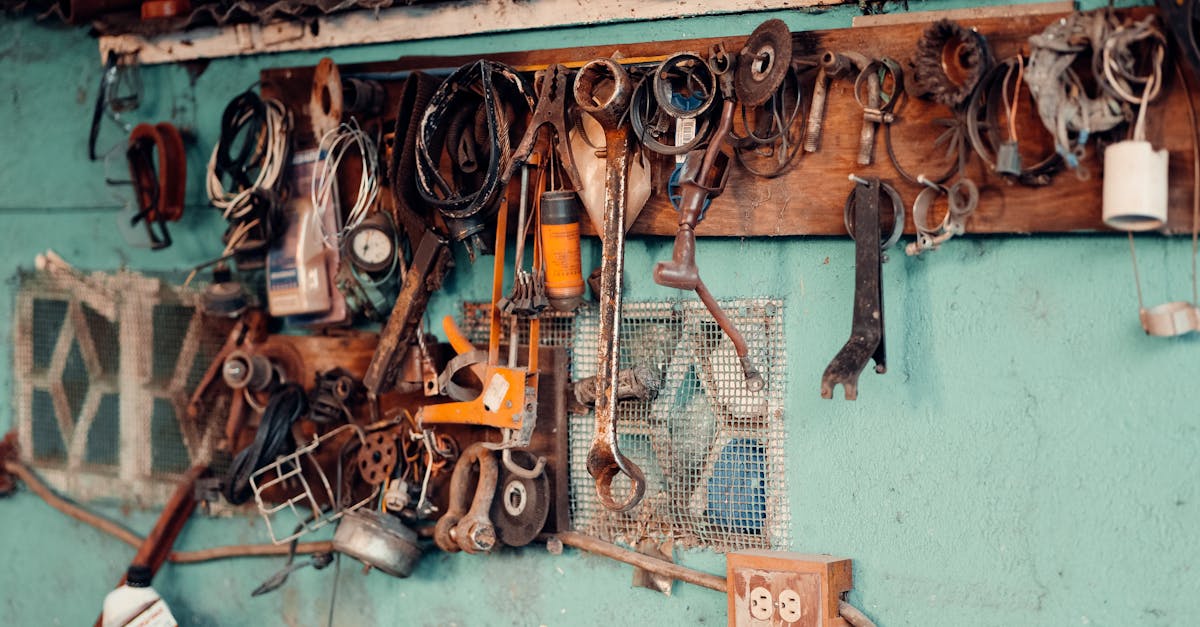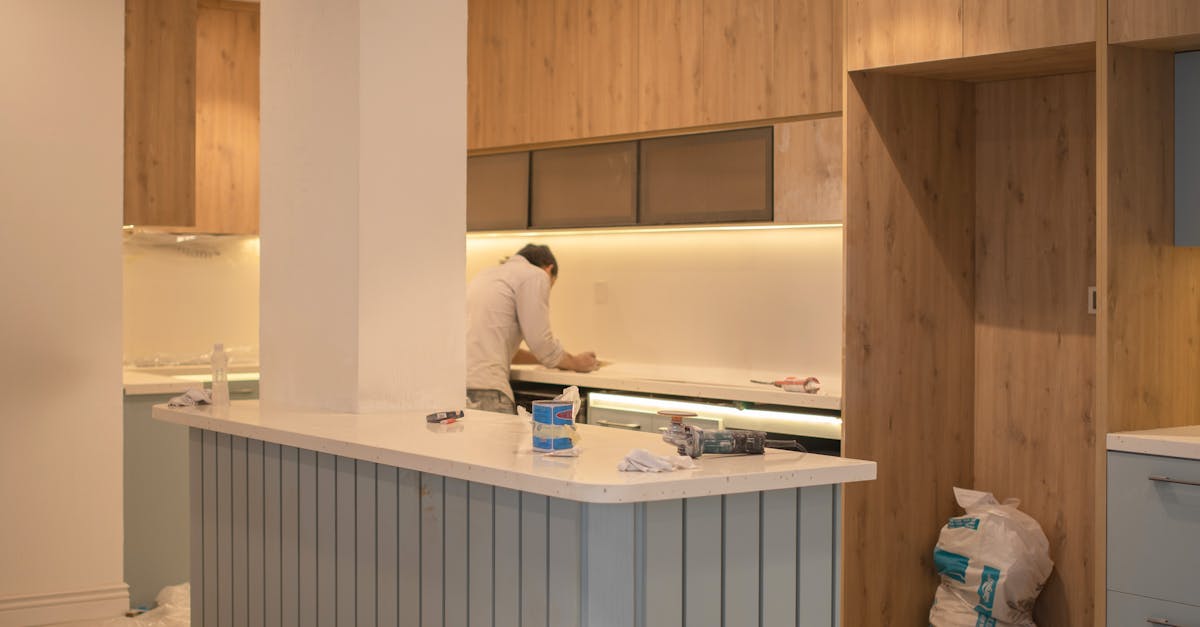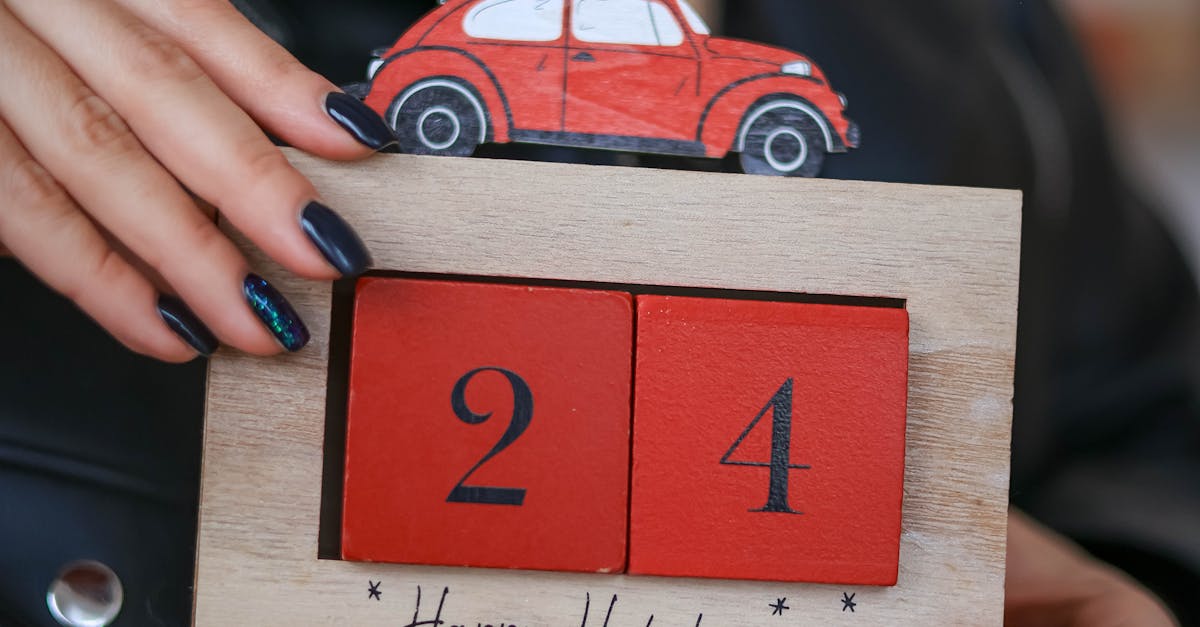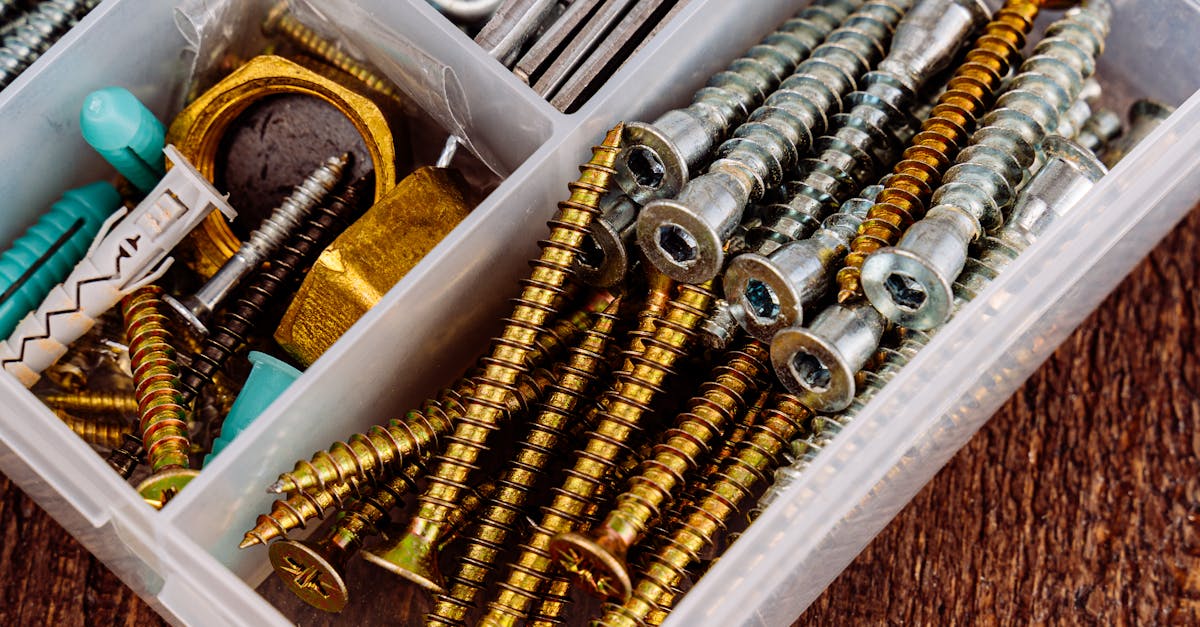
Table Of Contents
Steps to Repair a Dripping Tap
To begin the leaking tap repair, turn off the water supply to avoid any further mess. This is usually done by locating the shut-off valve under the sink or near the water line. Once the water is off, place a bucket or towel beneath the tap to catch any residual water. Next, remove the handle by unscrewing the screws, which typically requires a screwdriver. After the handle is off, you can access the internal components of the tap.
Carefully inspect the O-ring or washer, as these parts often wear out and lead to leaks. If they appear damaged or worn, replace them with new ones. Reassemble the tap by putting the handle back in place and securing it with screws. Don’t forget to turn the water supply back on, and check for leaks after you have completed the repair. If you still notice drips or if the repair seems complicated, you may want to consider consulting a professional.
A Simple Guide to Follow
To begin the leaking tap repair process, you will need a few essential tools. Gather a wrench, a screwdriver, and a replacement washer or O-ring, depending on the tap type. Start by turning off the water supply to prevent any unwanted flooding. Next, place a cloth in the sink to catch any small parts that might fall during disassembly. This preparation will make the task smoother and minimize mess.
Once you've gathered your tools, you can proceed to remove the tap handle. Loosen the screw using the appropriate screwdriver, and gently pull off the handle to access the components beneath. Careful inspection of the internal parts often reveals the source of the leak. Replacing the old washer or O-ring may resolve the issue and restore the tap's functionality. Always ensure the components are seated properly before reassembling the tap.
When to Call a Plumber
Sometimes, a DIY approach to fixing a dripping tap may not suffice. If the leak persists even after attempting various repairs or if you encounter complex issues, it may be time to seek professional help. Specialized expertise can ensure that the problem is identified accurately and resolved effectively. A plumber can provide the necessary tools and knowledge to handle any underlying issues that may not be apparent to the average homeowner.
Signs of potential complications include water pooling underneath the sink or a significant increase in your water bill. If the leaking tap repair extends beyond simple washer replacement or involves multiple components, professional assistance may be necessary. Ignoring these signs can lead to more extensive damage and higher repair costs down the line. Prioritizing timely intervention can prevent further complications and ensure your plumbing system remains in good condition.
Signs You Need Professional Help
Some situations make it clear that professional assistance is necessary for a leaking tap repair. If you have attempted to fix the tap but find that the dripping persists or worsens, it may indicate a more serious underlying issue. Complicated plumbing problems can arise, requiring specialized knowledge and tools that a homeowner may not possess.
Additionally, if you notice water damage around the sink area, such as discoloration or mold growth, it’s essential to call a plumber. Such signs often point to extensive leaks that can lead to further damage in your home. Ignoring these indicators can result in costly repairs down the line, making it wise to seek professional help when faced with persistent leaking.
Preventing Future Tap Leaks
Regular maintenance plays a crucial role in preventing future tap leaks. Periodically inspect your taps for signs of wear or damage, such as corrosion or mineral buildup. Clean the aerators and check washers and O-rings for degradation. Replacing these components can often prevent the need for costly leaking tap repair. Make sure to turn off taps gently to avoid putting excessive strain on components, which can lead to premature wear.
Proper installation is also key to avoiding leaks. Ensure that taps are fitted tightly and securely. When replacing a faucet or making adjustments, avoid over-tightening the fittings as this can damage the seals. By adhering to these simple guidelines, homeowners can significantly reduce the likelihood of leaks and the expense of leaking tap repair, ensuring their fixtures last longer and operate efficiently.
Maintenance Tips for Longevity
Regular maintenance of your tap can greatly reduce the likelihood of leaks and the need for leaking tap repair. Check washers and O-rings frequently, as these components tend to wear out over time. Replacing them when you notice any signs of wear can prevent potential issues. Keep your tap clean to remove mineral build-up that can cause malfunctions. This simple step can extend the life of the fixture.
Additionally, consider the water pressure in your home. High water pressure can strain tap components and lead to leaks. Installing a pressure regulator can help protect your plumbing system. Finally, always be attentive to any unusual noises or dripping sounds from your taps. Addressing these minor issues sooner rather than later can save time and costs related to leaking tap repair.
FAQS
What is the average cost to repair a dripping tap?
The average cost to repair a dripping tap typically ranges from $75 to $150, depending on the type of tap and the extent of the repair needed.
Can I repair a dripping tap myself?
Yes, many people can repair a dripping tap themselves by following a simple step-by-step guide. However, if you're unsure or uncomfortable with the process, it’s best to consult a professional.
What are common causes of a dripping tap?
Common causes of a dripping tap include worn-out washers, faulty O-rings, mineral buildup, or loose fittings.
How can I prevent future tap leaks?
To prevent future tap leaks, regularly check and maintain your taps, replace worn parts, and ensure all fittings are tight to avoid wear and tear.
When should I consider calling a plumber for a dripping tap?
You should consider calling a plumber if the dripping persists after your repairs, if there are signs of water damage, or if you feel unsure about handling the repair yourself.


